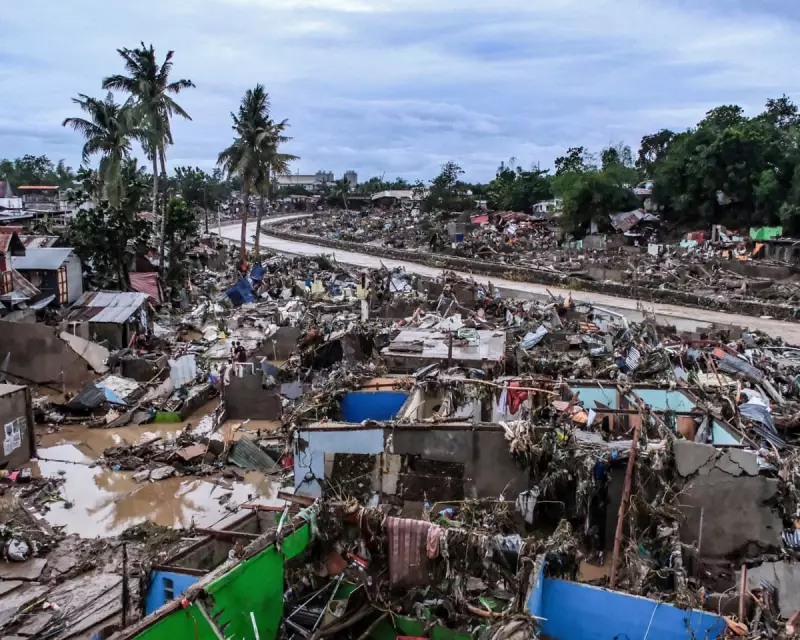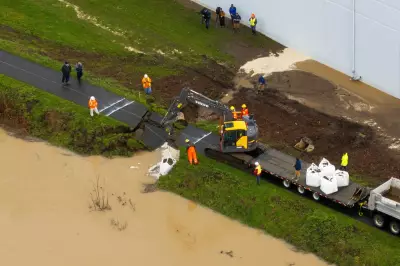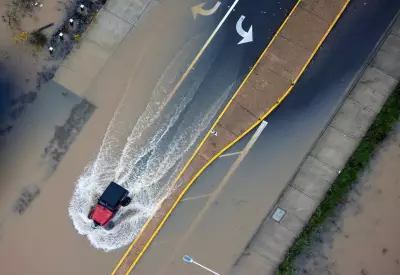
MANILA - The death toll from Typhoon Kalmaegi's brutal assault on the central Philippines has surged to 52, with rescue teams battling treacherous conditions to reach communities submerged by widespread flooding.
Emergency services reported at least 20 individuals remain missing as the storm's torrential rains triggered catastrophic flooding and landslides across multiple regions, forcing thousands from their homes and overwhelming local infrastructure.
Rescue Operations Intensify
Search and rescue teams are working against time to reach isolated villages where roads have been washed away and communication lines severed. The Philippine Coast Guard and military units have deployed boats and helicopters to evacuate residents stranded on rooftops and higher ground.
'We're facing a race against time to reach all affected communities,' stated Ricardo Jalad, executive director of the country's disaster agency. 'The scale of flooding has exceeded our worst expectations.'
Regions Devastated by Flooding
The provinces of Quezon, Aurora, and Nueva Ecija have borne the brunt of Kalmaegi's fury, with water levels in some areas reaching roof level. Social media footage shows residents wading through chest-deep waters carrying belongings, while emergency shelters struggle to accommodate the influx of displaced families.
Critical infrastructure including bridges, power lines, and agricultural land has suffered extensive damage, raising concerns about food security and economic recovery in the coming months.
Climate Crisis Intensifies Weather Patterns
Meteorologists note that Typhoon Kalmaegi represents the latest in a series of increasingly severe weather events to hit the Philippines, which faces approximately 20 typhoons annually. Scientists warn that climate change is amplifying both the frequency and intensity of such storms in the region.
The disaster has prompted renewed calls for enhanced climate adaptation measures and disaster preparedness in one of the world's most storm-vulnerable nations.





